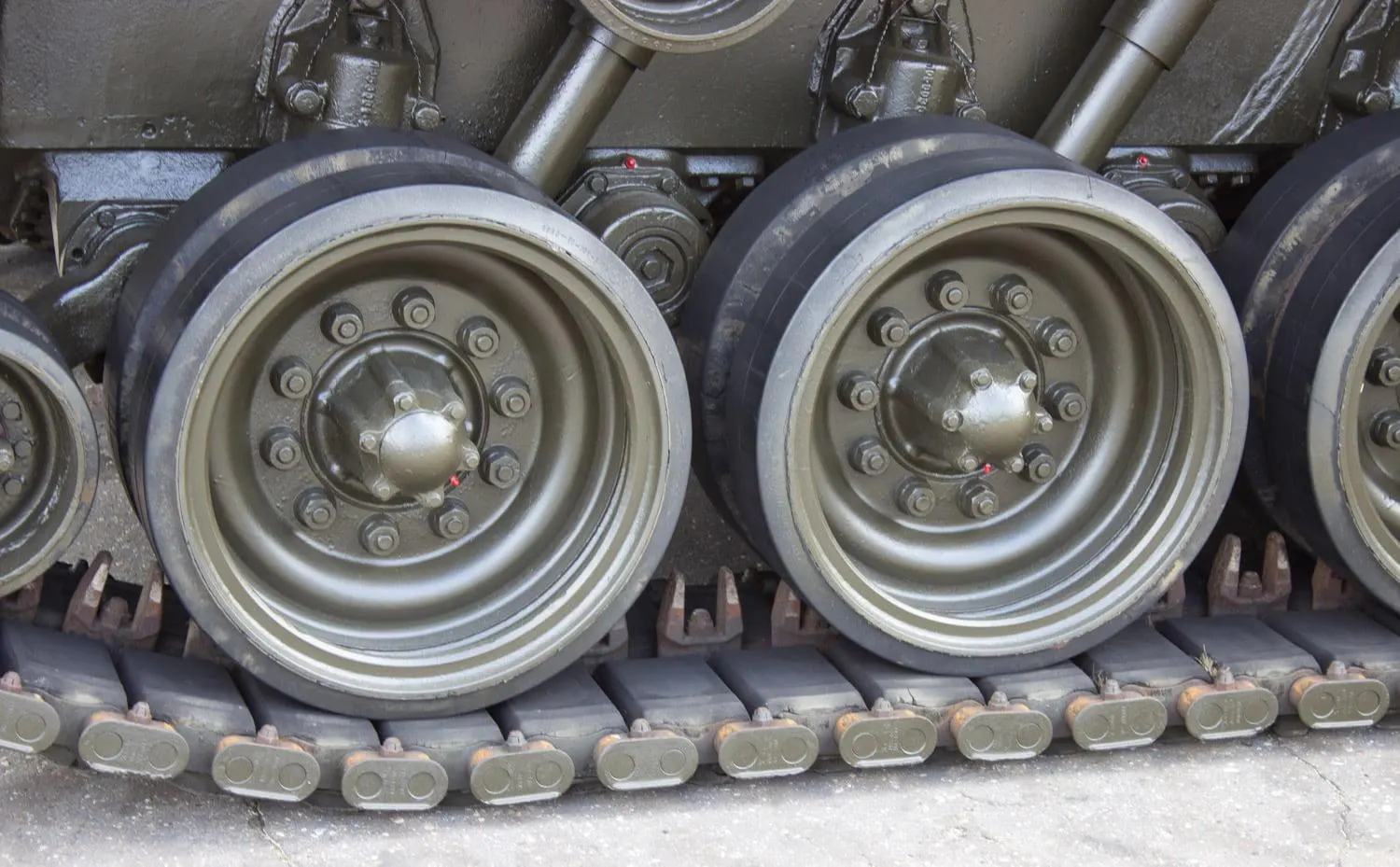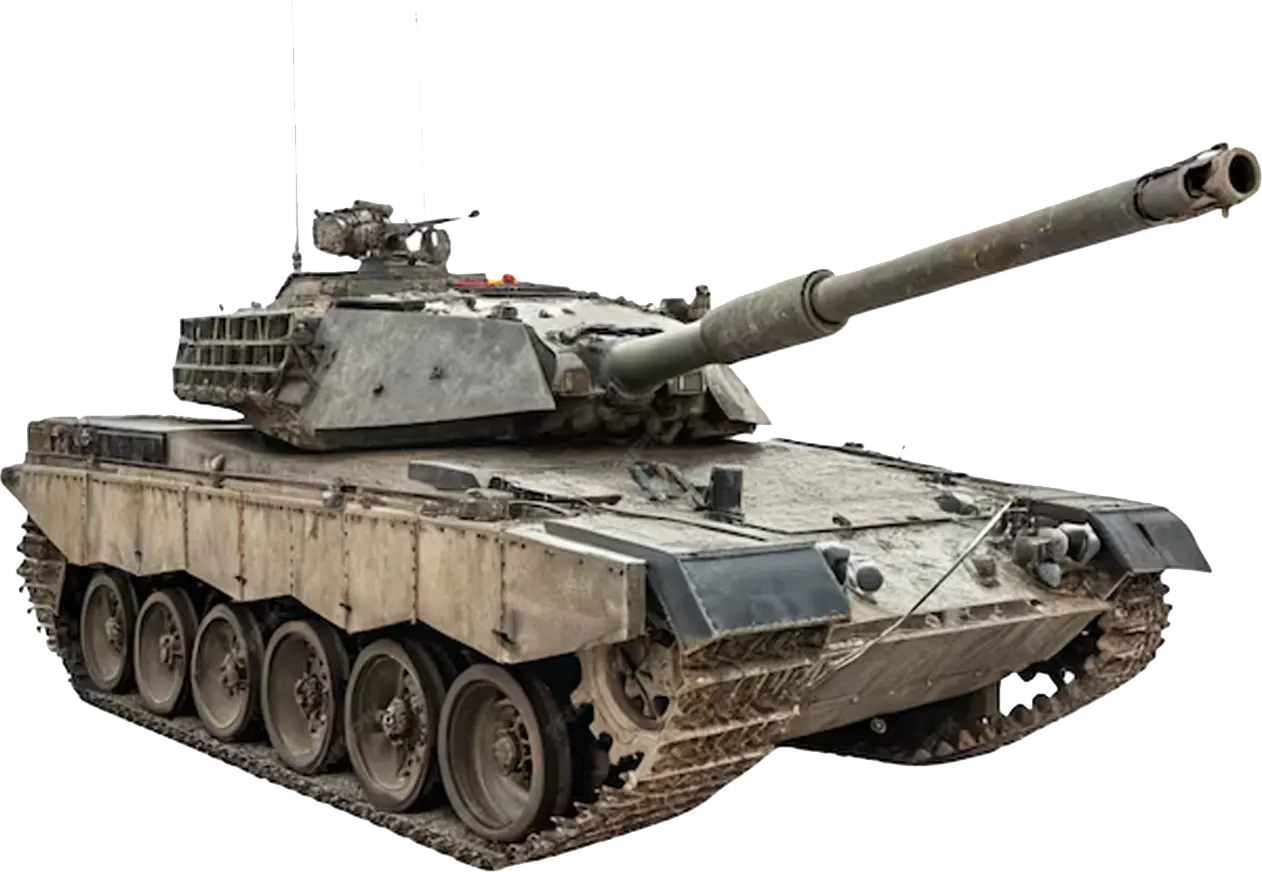
With the ever-changing global scenario, the onus of defence technology is to keep changing with emerging threats. Much of the modern defence systems lies in the quality and accuracy of the components that make up weapons, aircraft, naval systems, and ground vehicles. The performance level that is required to withstand extreme temperatures and provide superior results operationally must be contributed to by innovative manufacturing processes, one of which is definitely defence industry casting.
Investment casting has become an indispensable manufacturing technology in producing components for the defence sector, as it allows making complex parts with a great degree of accuracy. Starting from aircraft turbine blades to parts contributing to missile construction, a contribution of defence sector casting cannot be denied. This article examines evolving investment casting technology and innovations involved in the defence sector, especially, and its wide implications for the future of manufacturing in the military.
What is Investment Casting?
Investment casting, also called lost-wax casting, finds very wide applications in manufacturing. The process essentially consists of a wax pattern of the part to be produced, coating the pattern with a refractory ceramic shell, and then heating the mold in a furnace wherein the wax is melted out and the ceramic is hardened. Once the wax has been removed, molten metal is then poured into the cavity formed within the shell to produce the finished component. Upon cooling, the shell is removed to reveal a very accurate and often quite intricate part.
The advantages of this technique are many, especially in defence industries where quality, precision, and strength are high factors. The possibility of producing parts with complicated geometries, together with high accuracy and the use of special materials, makes investment casting ideal for military applications. Here are the main benefits of investment casting in the defence sector:
1. Precision and Detail: Investment casting allows very small details in the pieces produced that can have the close tolerances a manufacturing process for defence needs; these are parts with complex shapes and fine features which will not be easily possible by any conventional method.
2. Material Versatility: Material versatility is that through casting, it is possible to use all kinds of metals, such as superalloys, stainless steel, titanium, and others that become indispensable in parts under extreme conditions, such as high temperatures and mechanical stress.
3. Minimal Waste of Material: The efficiency of the process involved in investment casting is very high-material wastage is at a minimum. This is the very essential feature needed for the defence sector, where neither cost-efficiency nor quality can be jeopardized.
4. Complex Geometries: Among the prime advantages of defence industry casting lies its capability to create geometries that are tough to realize conventionally. This is very much important in the manufacture of parts for advanced military technologies like turbines and missile parts.
5. Strength/Durability: Investment casting forms parts that are solid with exemplary strength-to-weight ratio; this is so significant in the military applications because a number of parts are anticipated to be lightweight while standing particularly indestructible under immense amounts of torture in the way of weight, heat, and general corrosion.
The Historical Context of Investment Casting in Defence
While investment casting has been practiced for thousands of years, it was only during the mid-20th century that modern applications in defence gained significance. Growing demands for increasingly complex and efficient military equipment sidetracked traditional manufacturing methods like machining, forging, and welding.
Aircraft and missile technologies, for instance, required componentry with near-perfect geometries in the interests of operational reliability. Therefore, the attention of defense castings suppliers was directed towards the development of specialized alloys and materials appropriate for investment casting, and the refinement of casting techniques had to enhance precision.

The defence sector has been at the helm of adopting new manufacturing technologies, and investment casting is no exception. Over the decades, this method had to evolve to meet the increasingly sophisticated demands of modern combat. Investment casting is currently involved in defence industry casting for the manufacturing of a plethora of components from complex engine parts to small-arms components.
The Role of Investment Casting in Modern Defence Systems
1. Aircraft and Aerospace Components
Precision, weight, and material performance are also of the essence in investment casting for aerospace and defence. Investment casting is mainly utilized in the manufacture of high-stress parts like turbine blades, casings of jet engines, and structural pieces of aircraft. Performances that these parts play must be highly critical since any failure may result in catastrophic consequences at extreme conditions of operation.
Defence industry casting has really opened up the perspective on how complex aerospace parts can be addressed by manufacturers. Turbine blades, for instance, require sophisticated cooling channels that can be directly included into the cast, thus enabling more effective and efficient cooling. Investment casting can also produce lighter but stronger parts relative to other methods.
Additionally, defence industry casting can allow the making of parts with geometrical complexities that would have otherwise been realized in several steps or with different materials; this saves time in manufacture and reduces the costs involved in the long run. The high precision of investment casting ensures that these parts meet the stern requirements of military applications where performance and reliability are paramount.
2. Missiles and Defence Electronics
It includes several parts that are used in the missiles, which must be accurate in order to work perfectly in space and other environmental conditions. Investment casting allows for complex parts to be manufactured-such as casings, nozzles, and structural parts, which are subjected to extremely high temperatures and mechanical stresses.
Casings and internal parts in missiles typically need to be of a high strength with minimal degradation through corrosion. The capability to produce these parts with accuracy and reliability is essential for ensuring that missile systems are long-term reliable. Using defence industry casting allows the manufacturer to create components that address very specific design and performance needs while continuing to aim to lower production costs and decrease lead times.
3. Military Ground Vehicles and Armour
Military ground vehicles, from tanks and armored personnel carriers to other, even more, specialized vehicles, require parts manufactured from materials that can support very high stresses and impacts. Defence industry casting in the manufacturing of parts such as suspension components, brackets, and drivetrain parts ensures functionality under extreme conditions for these vehicles.
Besides, military vehicles' parts should be resistant to corrosion and wear in very critical conditions: from deserts to jungles and ice. Investment casting makes it possible to realize the most complex components by using corrosion-resistant alloys for improved durability and reliability over time.
4. Naval Defence and Marine Applications
The naval sector, from submarines and warships to aircraft carriers, has special demands for non-corrosive and durable components working in harsh sea conditions. Investment casting is widely used to produce several parts for naval defence applications like propellers, valves, and fittings. These should also be strong enough to resist such factors as high pressure and temperature, corrosion of salt water.
Their property features make cast components apt, especially for underwater mechanisms where extreme stress and pressure are experienced. Defence industry casting plays a vital role in producing such parts that guarantee the structural functionality in naval vessels.
5. Small Arms and Ammunitions
The armed forces rely so much on small arms and their ammunition; the reliability of these components is not open to negotiation. Therefore, investment casting is adopted for the manufacture of various firearm parts like triggers, hammers, and firing pins. All these parts must be precisely made and must be able to withstand the high stress to which they are subjected.
Investment castings similarly apply to ammunition parts, casings, and projectiles that are produced from this kind of casting application since the parts retain consistency, high quality with minimal defects, hence assuring parts performance that one would not chance on malfunction or failure if an operation becomes critical.
Emerging Trends: The Future of Investment Casting in the Defence Industry
As the defence industry is forging ahead, investment or lost-wax casting obviously has a bright future in-store as far as shaping the future of wartime machinery is concerned. A few trends are very much in evidence that will further accelerate the capabilities of defence industry casting.
1. Advanced Materials Integration
Now, the materials used for casting are much changed, and further development of newer alloys and materials is foreseen. Superalloys, high-performance metals that can tolerate extremely high temperatures, stress, and corrosion, are finding usage nowadays in investment casting catering to the defence sector.
Current materials science continues to develop even newer advanced materials that will take the performance of military components further forward. The lighter-yet-stronger material developments are leading towards less military equipment weight without compromising the strength and durability aspects of those military equipment, highly useful in applications in aircraft, missiles, and armoured vehicles.
2. Additive Manufacturing and Investment Casting
Another exciting trend in investment casting is the integration of additive manufacturing, better known as 3D printing. Additive manufacturing can make highly detailed patterns or molds for investment casting, enabling even greater precision and customized components. Actually, this hybrid approach could dramatically reduce production time to make complex parts and provide them with the flexibility to respond hastily to new military needs.
For example, defence industry casting combined with 3D printing can achieve rapid prototyping in a very complex component and save a great amount of lead time so that parts of critical military systems can be produced at higher speed.
3. Automation and Artificial Intelligence
With automation and AI at our doorstep, manufacturing takes a completely new dimension-upward, no less than in the defence sector. The integration of AI will, therefore, optimize production through the prediction of defects that might happen, quality improvement due to the optimization of the cast parameters, and enhancement of better-quality assurance. Automation such as robotic systems is also a part of the implementation in performing the repetitive operations performed during investment casting; hence, productivity will increase, thereby reducing human mistakes.
These innovations are expected to further streamline the casting process, reducing the expense and increasing the speed at which critical parts are manufactured. This is very important in military manufacturing, where deployment and production should be very fast.
Conclusion
No doubt, defence industry casting will continue to play a very important role in shaping the future of the systems. Innovations in investment casting have come out with the high-precision, high-performance parts needed in today's military operations. Moving into the future, advances in material science, additive manufacturing, and automation will continue to enhance investment casting capabilities, making it an even more critical technology for the defence sector.
These are innovations that will ensure continued service from defence industry casting of the parts and systems to help guarantee military superiority in an ever-evolving world. In conclusion, investment casting plays a major role in setting up the future of manufacturing within the defence industry that is bound to increase its leading role with the emergence of new technologies and modern warfare requirements.
